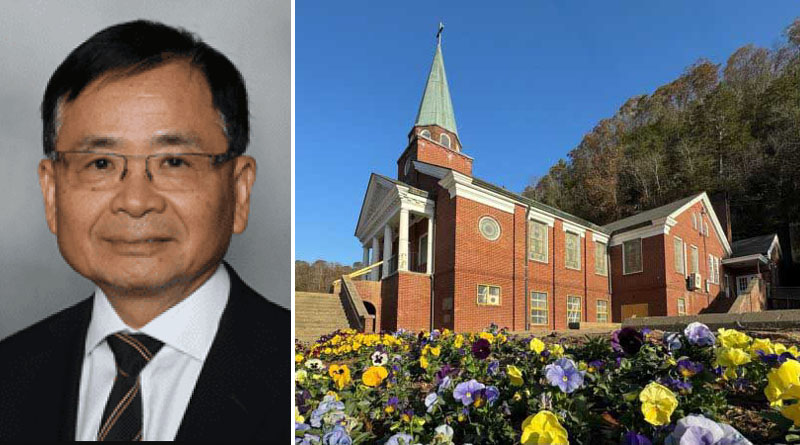Research From Charlotte Risk Management Expert Gene Lai Can Improve Financial Stability
Marshall Presbyterian Church leaders, along with others in Western North Carolina, paid close attention six months ago when Hurricane Helene began its push into Georgia and over the Southern Appalachians, shortly after making landfall in Florida. The storm brought record-breaking rainfall to the region Sept. 26 and 27, causing historic catastrophic flooding that was worsened by days of earlier heavy rainfall.
Through the decades, members of this church — more than 125 years old — have always recognized that the picturesque French Broad River posed a risk. Church history chronicles how a previous structure — from when the house of faith was called Couper Memorial Church — had suffered flood damage, including in 1940. That August, two floods in quick succession swamped the church with five feet and seven feet of water.
From the late 1940s to 1950, as the congregation planned and constructed a new building, they kept an eye on the river.
“I think it’s really important that in 1950, they built the church of reinforced concrete,” said Merri Alexander, interim minister, Marshall Presbyterian Church. “Those walls are a foot and a half to two-feet thick, even the interior walls. So, they were thinking ahead that it would flood again. And they put their sanctuary on the second level, which also indicates they knew the floods were going to come.”
Risk management mindset
This type of analysis and planning to reduce the impact of catastrophes epitomizes risk management, says Gene Lai, the James J. Harris Endowed Chair in Risk Management and Insurance in UNC Charlotte’s Belk College of Business. Lai’s research explores the intersection of risk management practices and financial stability. His work offers use-driven information that financial institutions, insurance companies and other enterprises can use to enhance their risk management frameworks, which can improve financial stability and build resilience against potential risks.
Lai notes how some homeowners in Florida have raised their main living spaces to the second floor, like what Marshall Presbyterian Church did with its sanctuary, fellowship hall and kitchen. He points to Taiwan, where structures are built to withstand typhoons and where people move their cars to parking areas that government provides when storms threaten.
Rising above
The new Marshall Presbyterian Church building — with pews, windows and an organ donated by members and a sanctuary with wooden curves that resemble an ark — was dedicated on Sunday, June 4, 1950. The congregation marked the joyful occasion with inspirational messages, music and laying of the cornerstone just as the sun broke through morning rain clouds. Church records put the cost of the structure at $70,000 — or $924,000 today.
In the 75 years since its dedication, the house of worship has sat safely near the river, with its main level elevated above the recorded flood levels of the 1900s, including the Great Flood of 1916.
The church also has taken the far-sighted step of maintaining insurance on the structure, currently at $500,000, although the rising cost of insurance has led to difficult choices on coverage of its contents.
“We’re very fortunate that our clerk of session works for an insurance company,” Alexander said. “Working for an insurance company, she is required to go to seminars and learn about risks. Her experience over the years of knowing and learning about floods, I personally think was probably very helpful, if not influential, in the Marshall church making sure that it had flood insurance for the structure.”
Insurance dilemma
Everyone has some level of flood risk they should assess and understand, as the church has done, no matter where they are located, says Tom Marshall, a Belk College senior lecturer in risk management and insurance. Marshall has leadership experience in the insurance industry in underwriting, claims and marketing, including with a Fortune 500 company.
“One problem is the take-up rate for flood insurance,” Marshall said. “That means the percentage of people that buy flood coverage is extremely low, and that is a problem everywhere. In the western part of North Carolina, where they had all this devastation, just 1% of the population had flood insurance coverage.”
Flooding is considered a distinct risk compared to other perils covered by standard insurance for homes or businesses, such as fire, theft or wind damage. Currently, the National Flood Insurance Program is managed by FEMA and is delivered to the public by a network of more than 50 insurance companies and the NFIP Direct.
Risk management and insurance researcher Lai wonders if it is time to consider changes in the approach to flood insurance, particularly with the increasing incidence of catastrophic storms. Homeowner insurance in general, for example, does not provide flood coverage, because it is difficult for insurance companies to diversify their risk.

